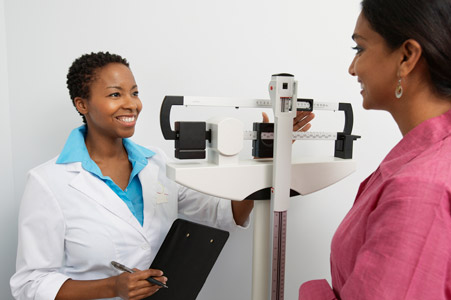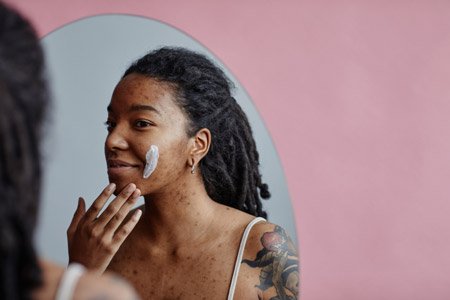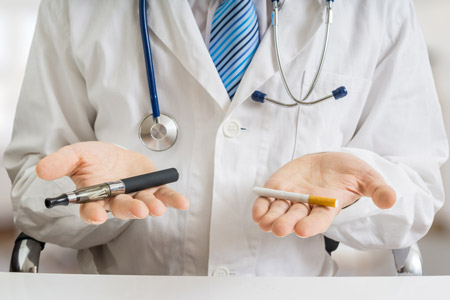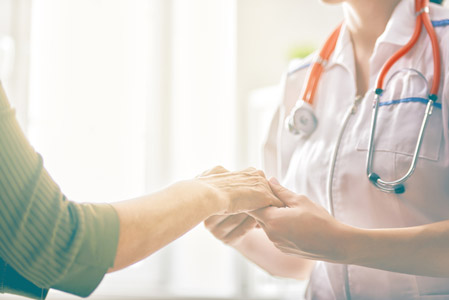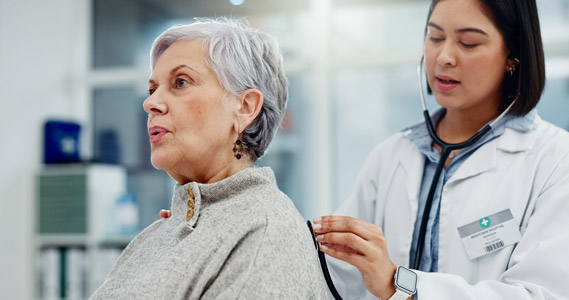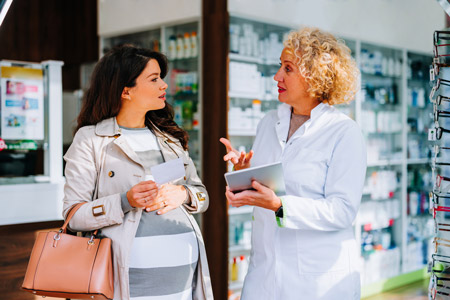


What You Should Keep Stocked In Your First Aid Kit
Emergencies, injuries, and illnesses can happen anywhere and at any time. It’s crucial to always be prepared — and one of the best ways to prepare for an emergency is by having a well-stocked first aid kit on hand.
It’s important to not only have a first aid kit in your home, but also in your car, workplace, and on your person when you’re going somewhere where there may not be a first aid kit available.
In this article, we’ll go over what supplies are recommended for a well-stocked first aid kit.
Where to Purchase First Aid Kits and Supplies
Your local pharmacy will most likely sell great starter first aid kits — but sometimes you need something more comprehensive and tailored to your needs. Consider building your own first aid kit using a small bag or box and supplies from your pharmacy.
If you have a medical condition that requires more niche supplies, this means you can stock exactly what you need. If you often pursue outdoor activities or activities that bring a higher risk of injury, you can also build a first aid kit designed for those activities. Your pharmacist will have recommendations on what to stock in first aid kits designed for camping, outdoor activities, winter sports, and water sports.
What Items Should Be In Your First Aid Kit
While this list may vary from person to person and for different needs/ activities, here are some general guidelines for building a first aid kit.
- Local emergency services' contact numbers
- Emergency stocks of your personal medications, as directed by your healthcare provider
- Adhesive tape, elastic wrap bandages, nonstick bandages, roller gauze, and band-aids of various shapes and sizes
- Slings, aluminum finger splints, cotton balls
- An instant cold pack
- A super glue bottle
- A rubber tourniquet
- A 14-French catheter
- An eye shield or pad
- Nonlatex medical gloves
- Duct tape
- Petroleum jelly
- Plastic bags
- Safety pins
- Scissors and tweezers
- Anti-bacterial hand sanitizer, antiseptic solution or towelettes, and hydrogen peroxide
- Antibiotic ointment
- Eyewash solution
- A thermometer
- Turkey baster for flushing wounds
- Sterile saline for irrigation, flushing
- A surgical mask
- A medicine syringe
- A comprehensive first-aid booklet
- Aloe vera gel, calamine lotion, hydrocortisone cream
- Anti-diarrhea medicine, laxatives, and antacids
- Antihistamine medications
- Cough and cold medicines
- Acetaminophen and ibuprofen
This list is a good place to start, but it is not completely exhaustive. Remember to talk to your provider or pharmacist about what you need in your first aid kit, check on your kits regularly, and dispose of expired medications or products promptly.
The information on this site is for informational purposes only and should not replace direct medical advice, diagnosis, or treatment from your doctor or another qualified healthcare provider.
Sources:
“First-aid kits: Stock supplies that can save lives.” Mayo Clinic.



















.jpg)





















.jpg)








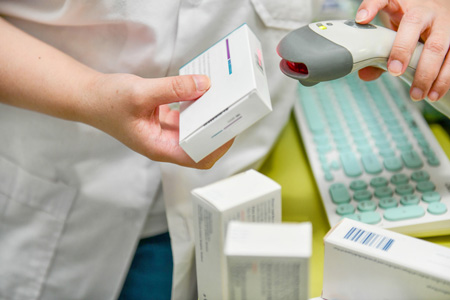
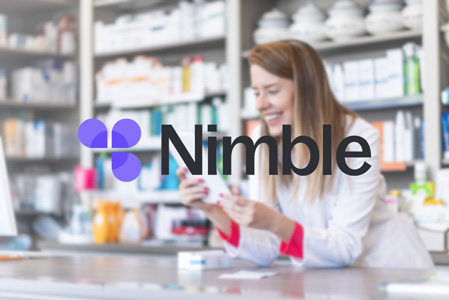


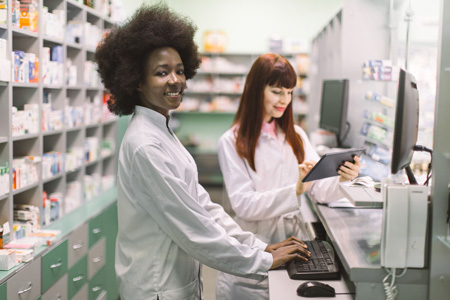

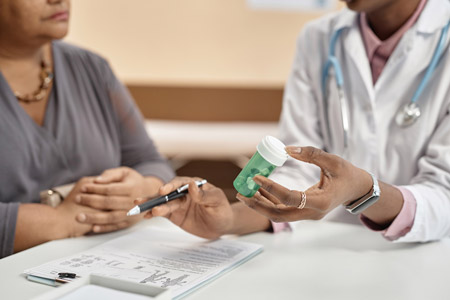
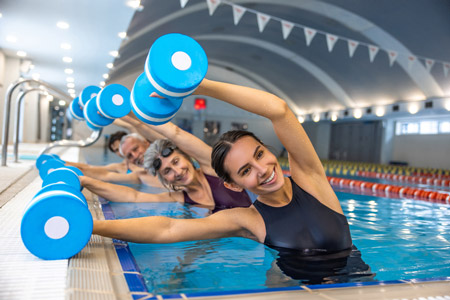

.jpg)
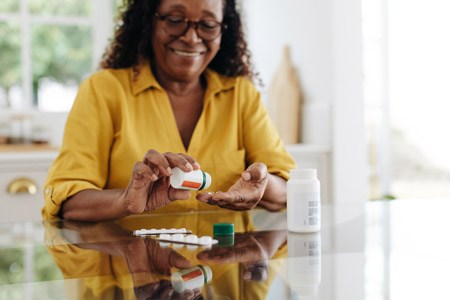


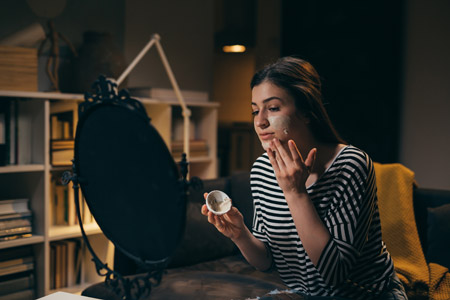
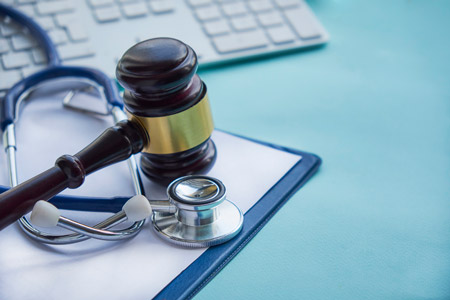
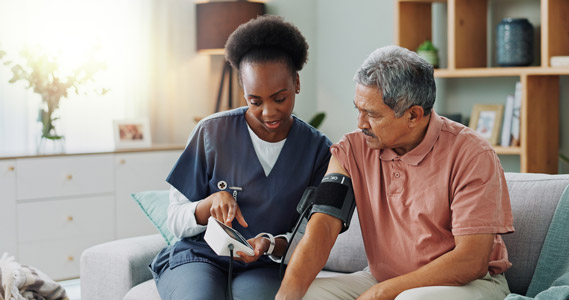
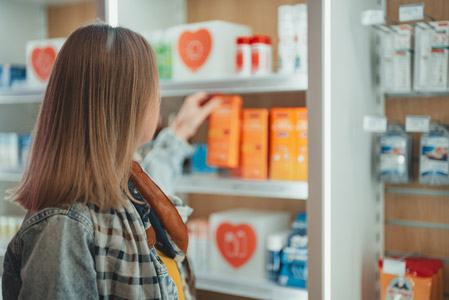


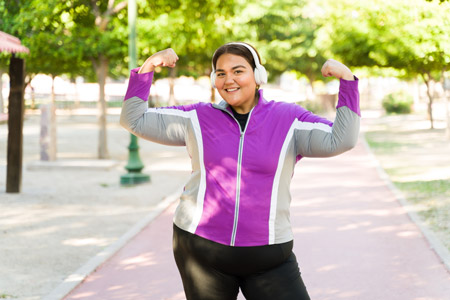
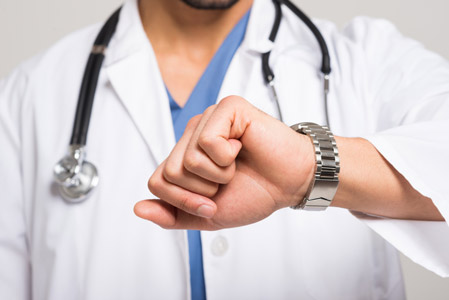


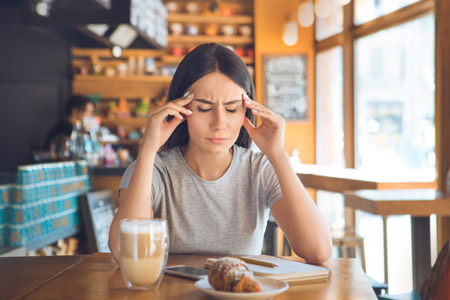


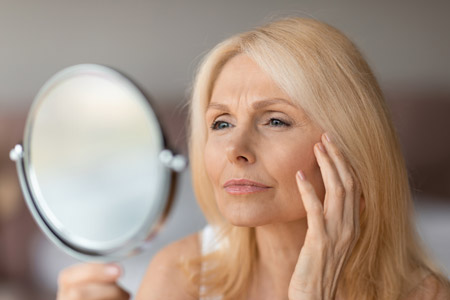

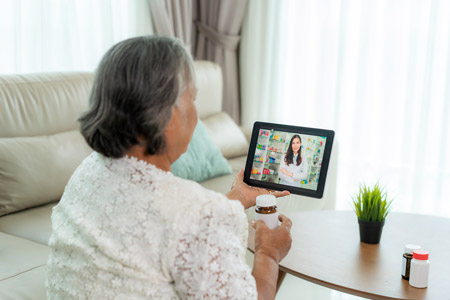
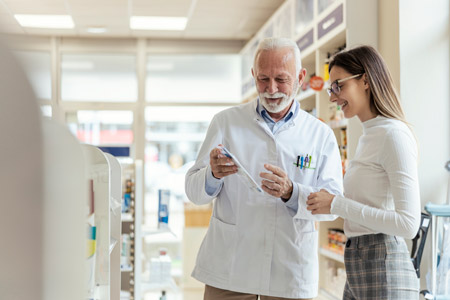






.jpg)
.jpg)
.jpg)


